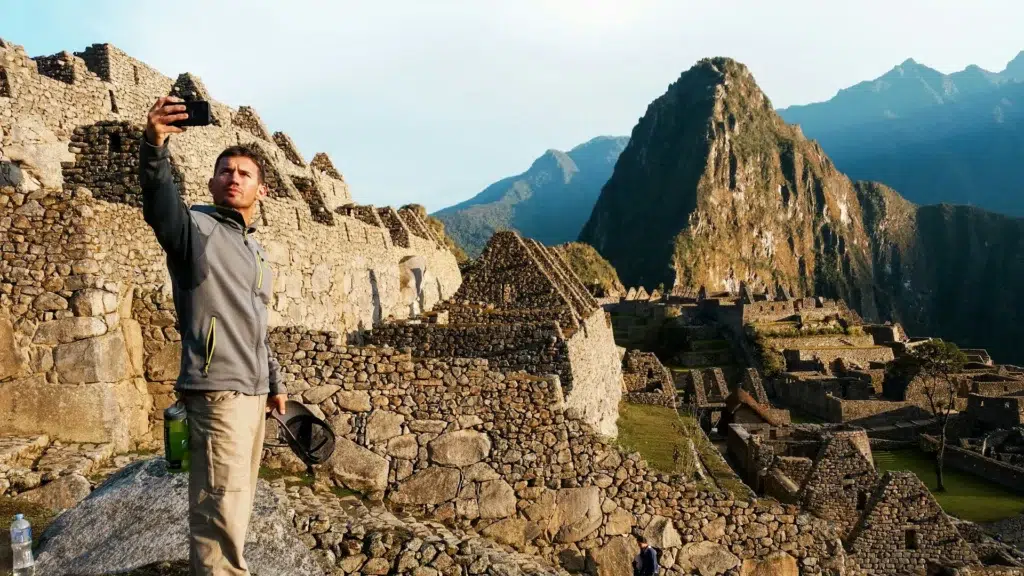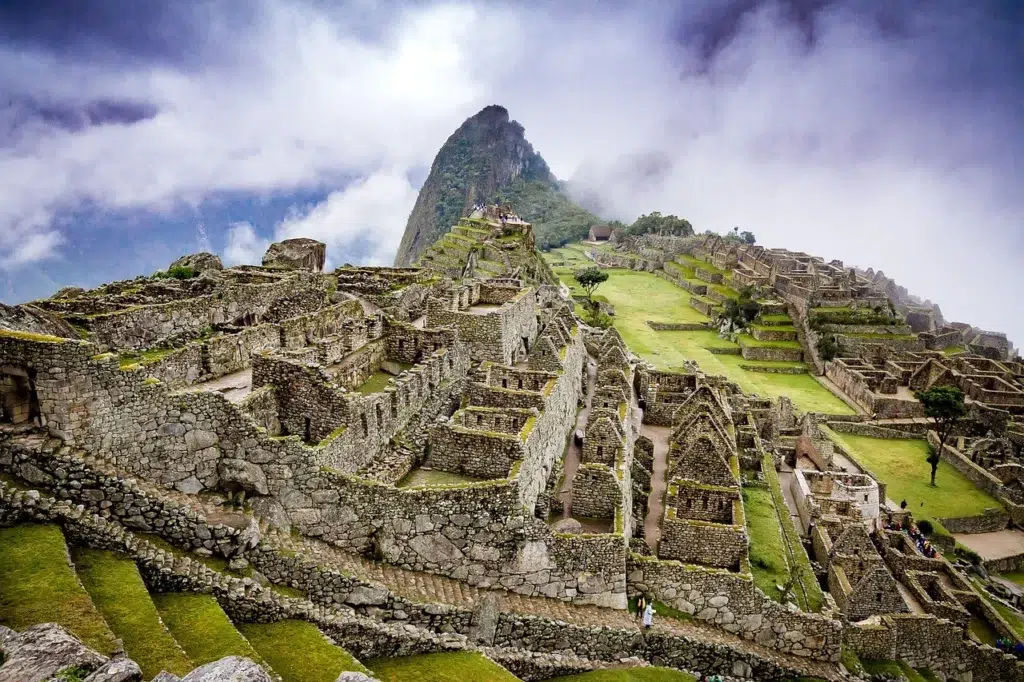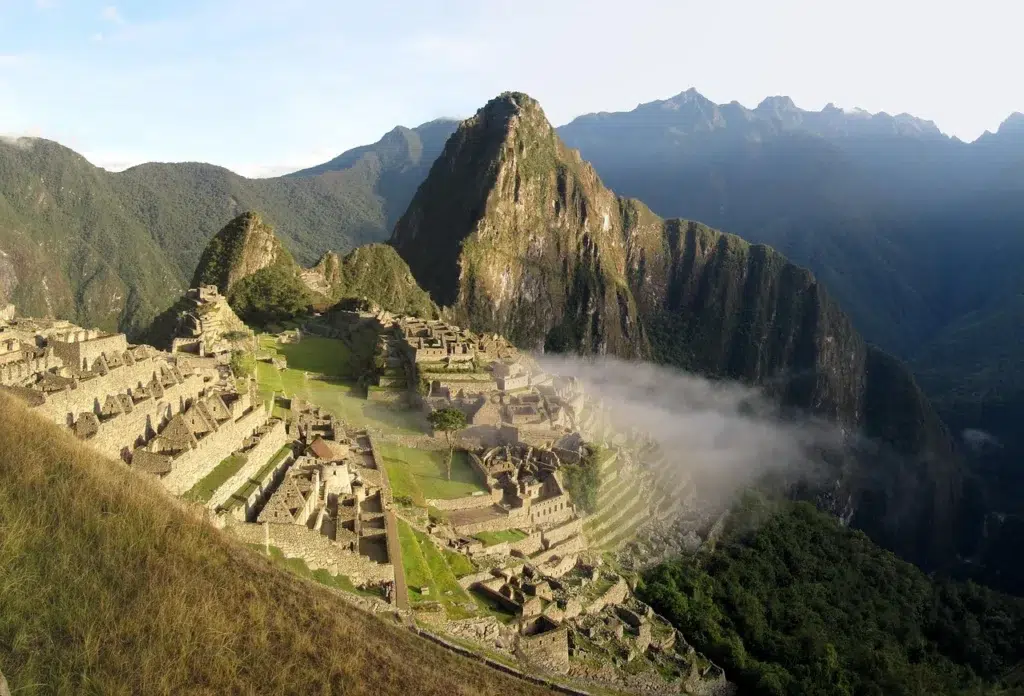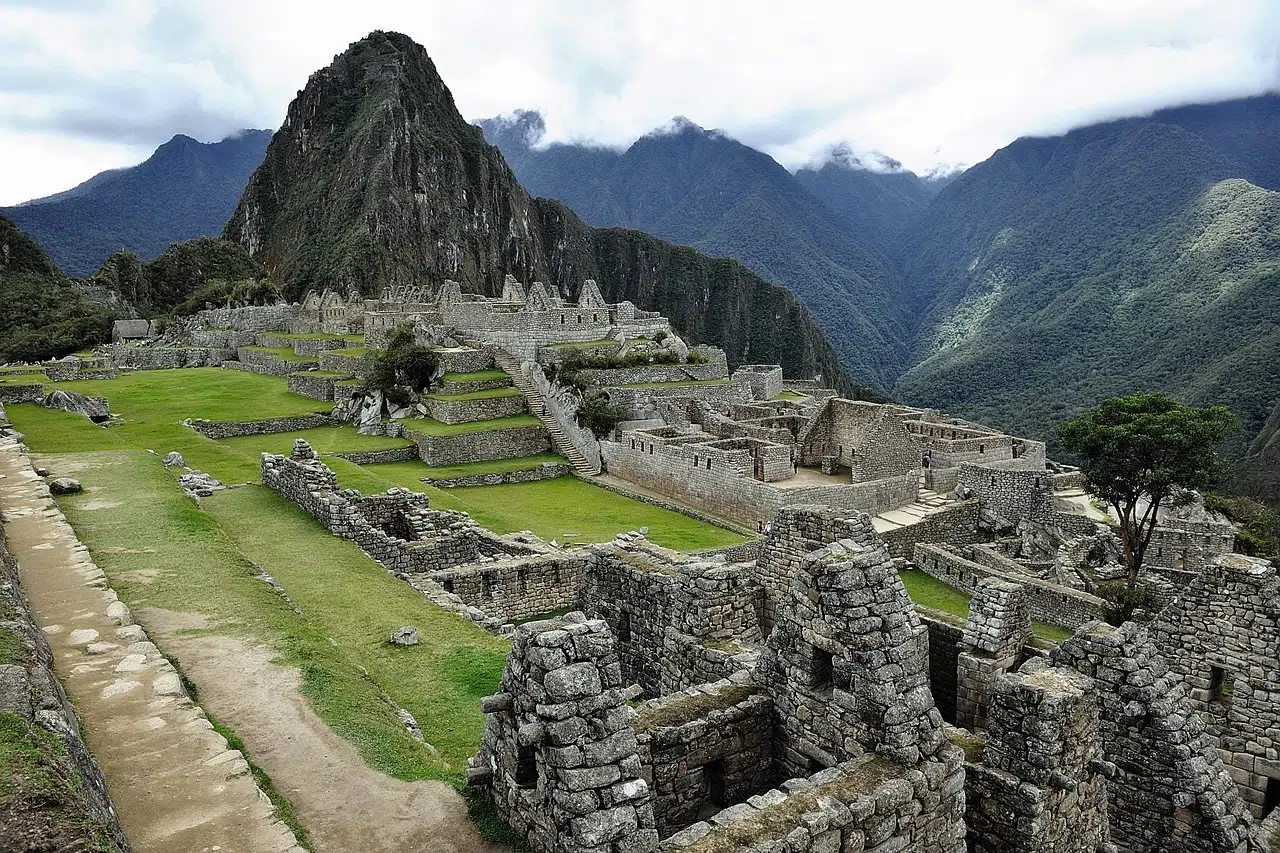The Inca Trail to Machu Picchu is a dream adventure for many, but its high altitude can pose significant challenges, especially for those unaccustomed to such elevations. Altitude sickness, also known as acute mountain sickness (AMS), is a common concern for trekkers. In this article, we’ll explore everything you need to know about Inca Trail altitude sickness, including its symptoms, prevention strategies, and tips for staying safe. Whether you’re a seasoned hiker or a first-time trekker, this guide will help you prepare for the altitude and enjoy your journey to the fullest.
When the Andes Stole My Breath (Literally)
I’ll never forget the moment I crumpled onto a moss-covered Inca step at 4,200 meters, my vision swimming as my guide frantically waved an oxygen canister under my nose. “Just a little soroche,” he said cheerfully, using the local term for altitude sickness. Meanwhile, I was convinced I was dying.
After researching and experiencing it myself, I realized most articles about Inca Trail altitude sickness sugarcoat the reality. They’ll tell you to “drink coca tea” and “acclimatize,” but few prepare you for the brutal truth: at high altitudes, your body rebels in ways you never imagined. This guide combines hard science, local wisdom, and my own mistakes to help you conquer the thin air—and actually enjoy the trek.
1. Why the Inca Trail’s Altitude Hits Like a Truck
A. The Numbers That Hurt
- Cusco’s sneak attack: At 3,399m (11,152ft), the city already has 40% less oxygen than sea level. Most hikers crash here before the trek even begins.
- Dead Woman’s Pass: The trail’s highest point (4,215m/13,828ft) delivers 50% less oxygen. Your lungs gasp like you’re breathing through a coffee stirrer.
- Cruel irony: Machu Picchu sits at a comfortable 2,430m—but you must survive the pass first.
B. Who Gets Hit Worst?
- Surprise victims: Fitness doesn’t matter. I watched a marathon runner vomit while a 65-year-old grandmother strolled past.
- High-risk groups: Women, younger travelers, and those flying directly to Cusco (vs. gradual ascent) suffer most.

2. Symptoms: From “Annoying” to “Get Me Down Now!”
Mild (75% of hikers experience these):
- Pounding headache (like a hangover ×10)
- Nausea (pro tip: avoid looking at porters’ cooking pots)
- Insomnia (despite exhaustion)
Severe (5%—EMERGENCY) 19:
- Ataxia: I saw a hiker unable to walk straight, crashing into walls like a drunk.
- Coughing pink foam: Pulmonary edema—requires immediate descent.
- Confusion: One trekker forgot his own name at Dead Woman’s Pass.
3. Prevention: What Actually Works (Beyond Coca Tea)
A. Acclimatization Hacks
- 3-day minimum in Cusco—but smart acclimatization matters more:
- Day 1: Sleep in the Sacred Valley (2,800m) if flying directly to Cusco.
- Day 2: Hike to Sacsayhuamán (3,600m), nap, avoid alcohol.
- Day 3: Test yourself with a short Humantay Lake trek.
B. Medications Worth Packing
- Diamox (acetazolamide): Start 48hrs pre-trek. Side effect? You’ll pee like a racehorse.
- Dexamethasone: For emergencies only (reduces brain swelling).
C. Local Secrets
- Coca leaves: Chew them with llipta (alkaline ash) for 10x better absorption than tea.
- Chlorophyll drops: Sold in Cusco markets—boosts red blood cells naturally.
4. On the Trail: Survival Strategies
A. Pace Yourself
- Guide’s mantra: “Slowly, slowly—this is not a race!”
- My mistake: Rushing Day 1 left me wrecked for Dead Woman’s Pass.
B. Hydration & Nutrition
- 4L water daily: Dehydration mimics altitude sickness.
- Carbs are king: Eat small, frequent meals. Avoid heavy meats.
C. When to Bail
- Listen to guides: They’ll spot symptoms before you do.
- Evacuation points: Know where horses/emergency exits are.
5. My Near-Disaster (And How You Can Avoid It)
On Day 2, I ignored my headache, chugged an energy drink, and collapsed at the pass. My rescue cost $300 for a horse ride down. Learn from my idiocy:
- Oxygen tanks: Many tours include them—verify beforehand.
- Nighttime prep: Sleep slightly downhill from your highest daytime point.
More Information
What is Altitude Sickness?
Altitude sickness occurs when your body struggles to adapt to the lower oxygen levels at high elevations. It can affect anyone, regardless of age or fitness level, and typically occurs at altitudes above 2,500 meters (8,200 feet). The Inca Trail reaches elevations of up to 4,215 meters (13,828 feet) at Dead Woman’s Pass, making altitude sickness a real concern.
Symptoms of Altitude Sickness
- Mild Symptoms:
- Headache
- Nausea
- Dizziness
- Fatigue
- Shortness of breath
- Severe Symptoms (requiring immediate medical attention):
- Confusion
- Loss of coordination
- Chest tightness
- Persistent vomiting

How to Prevent Altitude Sickness on the Inca Trail
Prevention is the best way to avoid altitude sickness. Here are some proven strategies to help you acclimatize and stay safe:
1. Spend Time in Cusco Before the Trek
- Cusco sits at 3,400 meters (11,154 feet), making it an ideal place to acclimatize. Arrive at least 2-3 days before your trek to give your body time to adjust.
- Use this time to explore the city, but avoid strenuous activities on the first day.
2. Stay Hydrated
- Dehydration can worsen altitude sickness, so drink plenty of water. Aim for 3-4 liters per day and avoid alcohol and caffeine, which can dehydrate you.
3. Eat Light and Healthy
- Focus on easily digestible foods like carbohydrates and avoid heavy, greasy meals. Foods rich in potassium (like bananas) can also help.
4. Consider Medication
- Acetazolamide (Diamox) is a common medication that helps prevent altitude sickness. Consult your doctor before your trip to see if it’s right for you.
5. Climb High, Sleep Low
- This is a golden rule of acclimatization. During your time in Cusco, take day trips to higher elevations (like the Sacred Valley) but return to Cusco to sleep.

Tips for Managing Altitude on the Inca Trail
Once you’re on the trail, these tips will help you manage the altitude and stay healthy:
- Pace Yourself:
- Take it slow, especially on the steep climb to Dead Woman’s Pass. Remember, it’s not a race—listen to your body and rest when needed.
- Stay Warm:
- Temperatures can drop significantly at higher elevations. Dress in layers and bring a good-quality sleeping bag.
- Chew Coca Leaves:
- Coca leaves are a traditional remedy for altitude sickness in the Andes. Many trekkers chew the leaves or drink coca tea to alleviate symptoms.
- Communicate with Your Guide:
- If you start feeling unwell, let your guide know immediately. They’re trained to recognize and manage altitude sickness.
- Descend if Necessary:
- If symptoms worsen, the best course of action is to descend to a lower altitude. Don’t push yourself to continue if you’re feeling severely ill.
What to Pack for Altitude Acclimatization
Packing the right gear can make a big difference in how you handle the altitude. Here’s a quick checklist:
- Water Bottle or Hydration Bladder: Stay hydrated throughout the trek.
- Layered Clothing: Prepare for temperature fluctuations.
- Altitude Medication: If prescribed by your doctor.
- Snacks: High-energy foods like nuts, dried fruit, and chocolate.
- Sunscreen and Lip Balm: The sun is stronger at higher altitudes.
- First Aid Kit: Include basic supplies and any personal medications.
Common Myths About Altitude Sickness
Let’s debunk some common misconceptions about altitude sickness:
- “I’m fit, so I won’t get altitude sickness.”
- Fitness level doesn’t determine your susceptibility to altitude sickness. Even the most experienced hikers can be affected.
- “Drinking alcohol helps with acclimatization.”
- Alcohol can dehydrate you and worsen altitude sickness. Avoid it until after your trek.
- “If I feel fine on Day 1, I’m in the clear.”
- Altitude sickness can strike at any time, even if you felt fine earlier. Stay vigilant and listen to your body.
Final Thoughts
The Inca Trail’s altitude and elevation gain are undoubtedly challenging, but with proper preparation and acclimatization, you can minimize the risks and fully enjoy this incredible journey. Remember, the key is to take it slow, stay hydrated, and listen to your body. By following these tips, you’ll be well-equipped to tackle the trail’s challenges and create memories that will last a lifetime.



